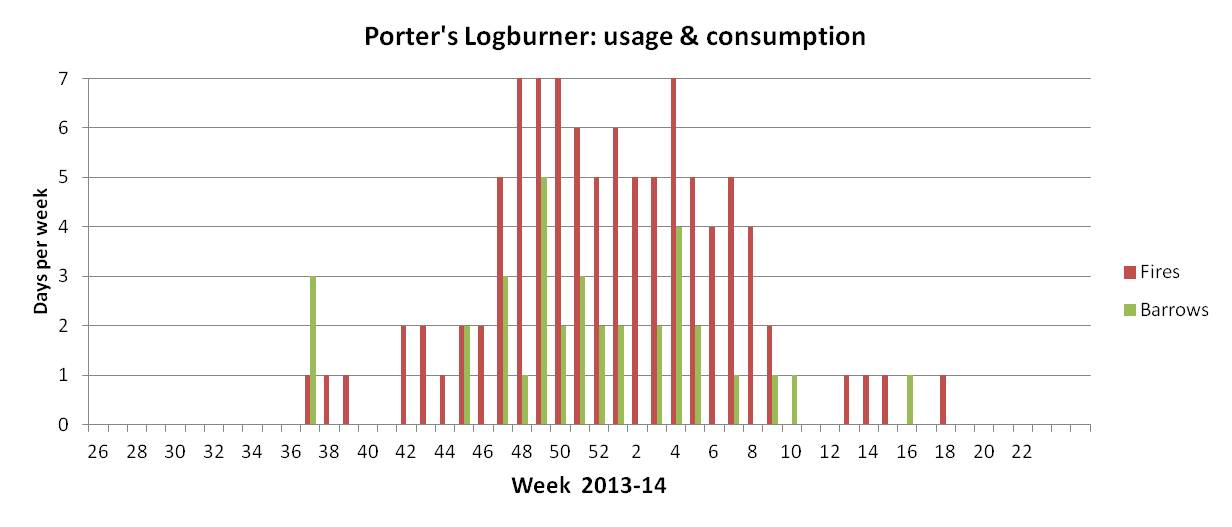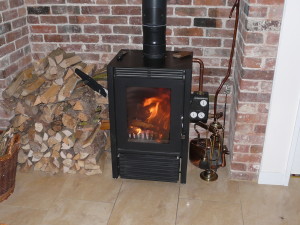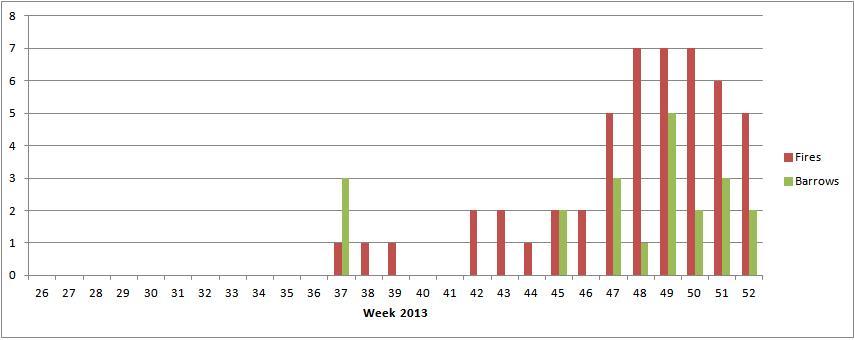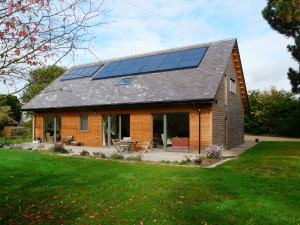Fame (though not fortune!) seems to have struck – again. No sooner had the 6 minutes of BBC fame begun to die down than our local MP, Sir Alan Haselhurst, came to see the house. Together with Dunmow Broadcast reporter Sam Tonkin, the house tour was undertaken and both Sam and Sir Alan seemed interested and, dare I say it, even impressed.
This resulted in a double page(!) spread in this local paper and, once again, we were caught on the hop. Dunmow residents get their copies delivered on the Thursday of publication, but those in the sticks of Felsted have to wait until the following day. So I didn’t immediately connect with the ribald remarks offered on meeting Dunmow residents at a rehearsal on the Thursday evening because, of course, I didn’t know what had been published. It’s a freebie, so pretty well everyone gets it. This is a mixed blessing. Famous for being famous? In-for-me?
More seriously, it was a useful if rather local step in trying to persuade people that it’s not difficult to build a really low energy house and not that expensive either. Sir Alan pointed out (very reasonably) that he couldn’t remember all that he was told, so would I summarise it for him in a letter? Of course, though curiously not easy. Rabbitting on about the technology is fun and interesting for those interested but for those with political fish to fry?
I’ve copied in parts of that letter below which others may find helpful.
” . . . . it would be good to see all new build to the standard we have achieved here as it would go far to meet the need to reduce energy consumption – and hence carbon emissions.
The principles may be summarised in 5 key points:
- The ground slab has 300mm of insulation under it. The slab provides much of the thermal mass to keep the house temperature steady.
- The walls and roof are deeply insulated. The house thus sits in a cocoon of insulation.
- The air tight layer – the T&G fibreboard we showed you – is on the outside. This reduces the number of places that need care to maintain the air seal and minimises its vulnerability over time. There are lobbies at the outside doors to reduce the heat loss as you go in and out.
- Thermal bridging is minimised by the use of thermally efficient doors and windows (which are triple glazed) and good design at the floor-wall junction.
- Given that the house is airtight, a mechanical ventilation system is required – and this transfers the heat from the outgoing air to the incoming air, giving good ventilation through the house with negligible heat loss. Our MVHR is 93% efficient and uses just 44W – no need for expensive and wasteful bathroom fans, for example.”
and
“. . . . This house meets Passivhaus principles. These differ from the UK standard – the Code for Sustainable Homes – in being simpler. CfSH looks for sustainability not only in the work of building the property, but also in the materials with which the property is built and, finally, in the way the occupants can then live. All of this is desirable but expensive and hence meets resistance from the commercial house-builders. Passivhaus simply puts limits on the energy demands. It limits the space heating requirement, which is usually the largest demand, to 15kWh per square meter per year – a 90% energy reduction from what most houses need. This simpler requirement would, on its own, have an amazing effect on total energy requirements at a lower build cost. Whatever you use – wood, gas, even oil – you don’t use much!
This house would meet Level 5 of CfSH – but fail Level 6 for reasons that have nothing to do with the energy performance of the house.”
OK, there are simplifications here but the principle remains true.
You’re welcome to comment!
17-Feb-14: Two days with no need to light the log burner! After that very windy night, Saturday produced quite a lot of sunshine, enough to get us through to Sunday – which was a glorious day. Spring offering a preview? Some brightness today, more than forecast, but while that keeps the house warm, we’ll need hot water, so the fire will have to be lit this evening.




